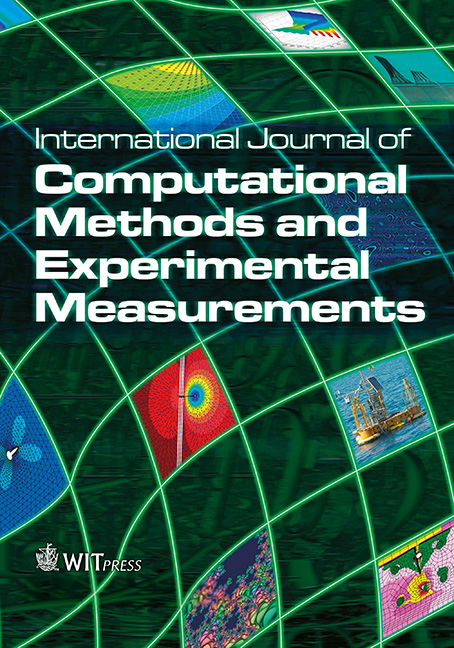The collocation boundary element method revisited: perfect code for 2D problems
Price
Free (open access)
Volume
Volume 6 (2018), Issue 6
Pages
10
Page Range
965 - 975
Paper DOI
10.2495/CMEM-V6-N6-965-975
Copyright
WIT Press
Author(s)
NEY AUGUSTO DUMONT
Abstract
The paper reviews the collocation boundary element method (BEM) exactly as it has been originally proposed on the basis of a weighted residuals statement that leads to Somigliana’s identity, but with two subtle conceptual improvements for a generally curved boundary: (a) the interpolation function for normal fluxes or traction forces (for potential or elasticity problems) must be redefined and (b) only Gauss-Legendre quadrature turns out to be required if the numerical integration issues are mathematically adequately stated. A simple, unified code is proposed – as presently shown for 2D problems – to arrive at arbitrarily high computational accuracy of the constituent matrices as well as of results at internal points independently from how convoluted a problem’s topology may be (but given the representation limitations of a discretization mesh). In fact, the higher the effect of a quasi-singularity may be, as for an internal point infinitely close to the boundary, the more accurate a result is achievable with just a few number of quadrature points. A collateral, but not less relevant, outcome of the pro- posed developments is that regularization methods, special quadrature schemes and so many methods that intend to conceptually deviate from the originally stated BEM as an attempt to offer numerical improvements are actually unnecessary (they are in most cases just misleading). Moreover, the inaccurate, albeit popular constant element is actually not simpler to deal with than high-order elements. Owing to space restrictions, most of the detailed developments as well as the hopefully very convincing numerical results deal with potential problems, although the more general problem of elasticity is adequately posed and assessed.
Keywords
Collocation boundary element method, curved elements, high precision computation, quasi singularities




